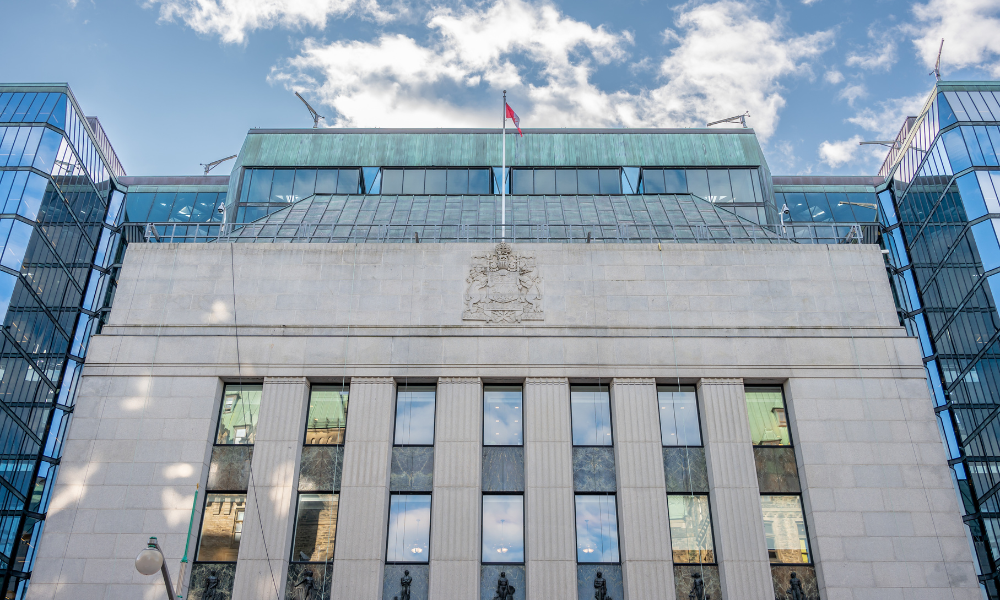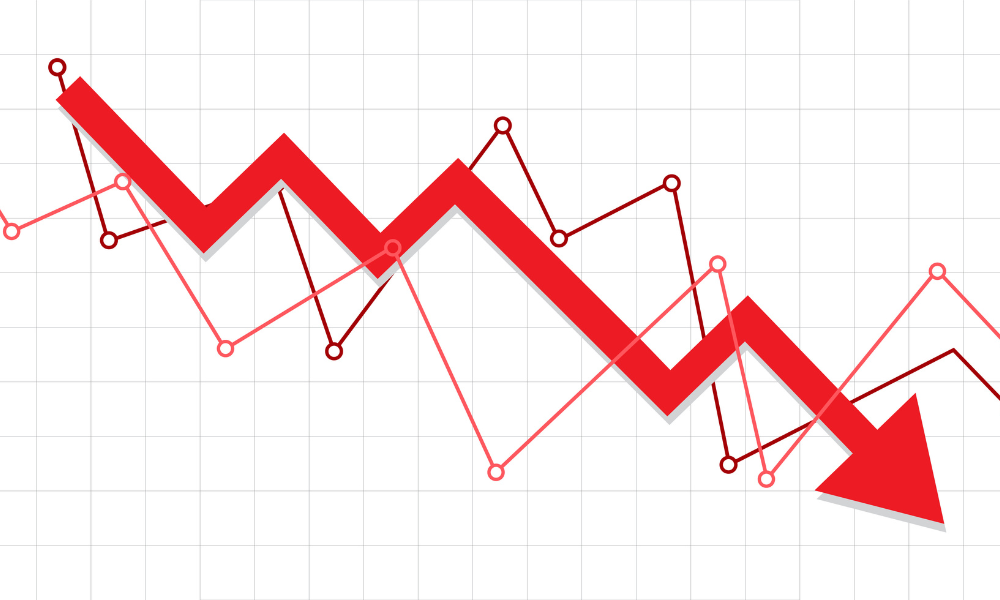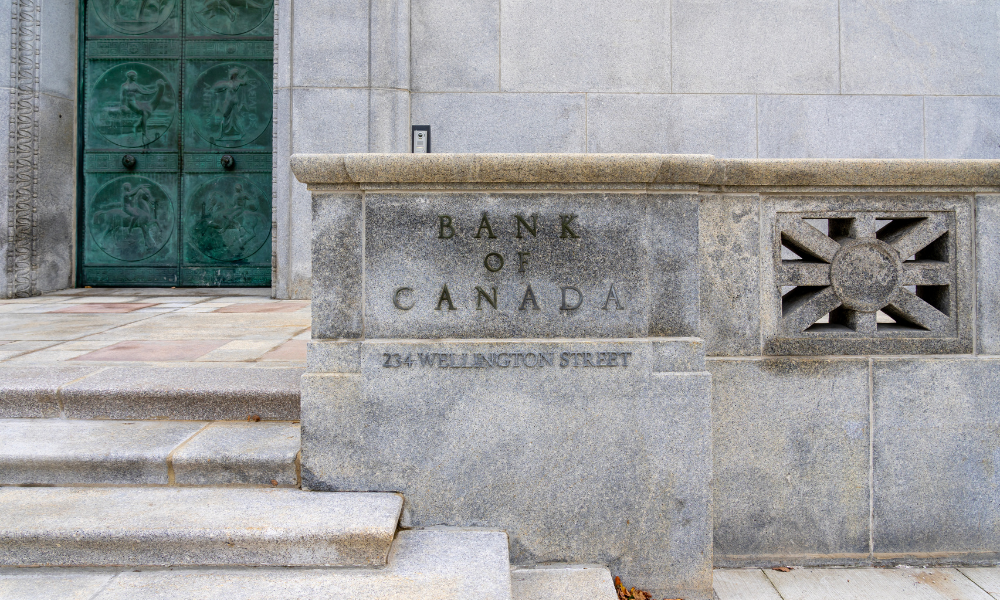Most economists expect no rate change, but forecasts show two cuts likely by Q3 amid trade tension

The Bank of Canada (BoC) confronts a challenging interest rate decision this week, balancing rising inflation against escalating trade tensions with the United States.
According to The Globe and Mail, economists anticipate at least two more rate cuts in 2025, though a majority expect the BoC to hold rates steady at its April 16 meeting.
US President Donald Trump's recent 90-day pause on new reciprocal tariffs, excluding China, has done little to alleviate concerns.
Tariffs on Canadian autos, steel, and aluminum remain, and the US has increased tariffs on Chinese goods to 125 percent.
Canada, with approximately 80 percent of its exports destined for the US, is particularly vulnerable to these trade policies.
A Reuters poll conducted from April 7–11 indicates that economists have downgraded Canada's growth forecasts to 1.2 percent for 2025 and 1.1 percent for 2026, down from previous estimates of 1.7 percent and 1.6 percent . Some economists even predict a recession this year.
Andrew Kelvin, head of Canadian and global rates strategy at TD Securities, stated, “We look for the BoC to pause at 2.75 percent in April as it waits for more clarity around tariff impacts before easing further.”
He added that current trade policies are expected to subtract about a percentage point from Canadian growth and, as the slowdown takes hold, the Bank of Canada is likely to resume easing.
Just over 60 percent of economists—18 of 29—expect the BoC to maintain its overnight rate at 2.75 percent on April 16, while the remaining 11 forecast a 25-basis-point reduction.
However, 15 of 29 economists anticipate two additional rate cuts by the end of the third quarter, bringing the policy rate down to 2.25 percent, the lower bound of the Bank’s estimated neutral range of 2.25 percent to 3.25 percent.
Inflation complicates the BoC's decision-making. In February, as reported by CBC News, the annual inflation rate rose to 2.6 percent, up from 1.9 percent in January.
This increase is partly attributed to the end of a temporary GST/HST tax holiday.
According to TD Economics, core inflation measures also climbed, averaging 2.9 percent year-over-year in February, with a three-month annualized pace slightly above 3 percent.
Labour market indicators show weakness, with Canada losing 32,600 jobs in March.
Business and consumer sentiment have deteriorated, with all 16 economists in the Reuters poll agreeing that US tariffs have negatively impacted business sentiment, and over 60 percent describing the effect as “very negative.”
The BoC has reduced its key rate by 225 basis points since early June, marking seven consecutive cuts.
However, the recent surge in inflation and ongoing trade uncertainties may prompt the Bank to pause.
Governor Tiff Macklem has indicated that the BoC may avoid publishing a central economic projection in its upcoming Monetary Policy Report due to prevailing uncertainties, as per CityNews Toronto.
The Canadian dollar has shown resilience, recently reaching over 72 US cents. This appreciation helps offset some inflationary pressures from tariffs.
The BoC will announce its interest rate decision and release its quarterly Monetary Policy Report on April 16.



